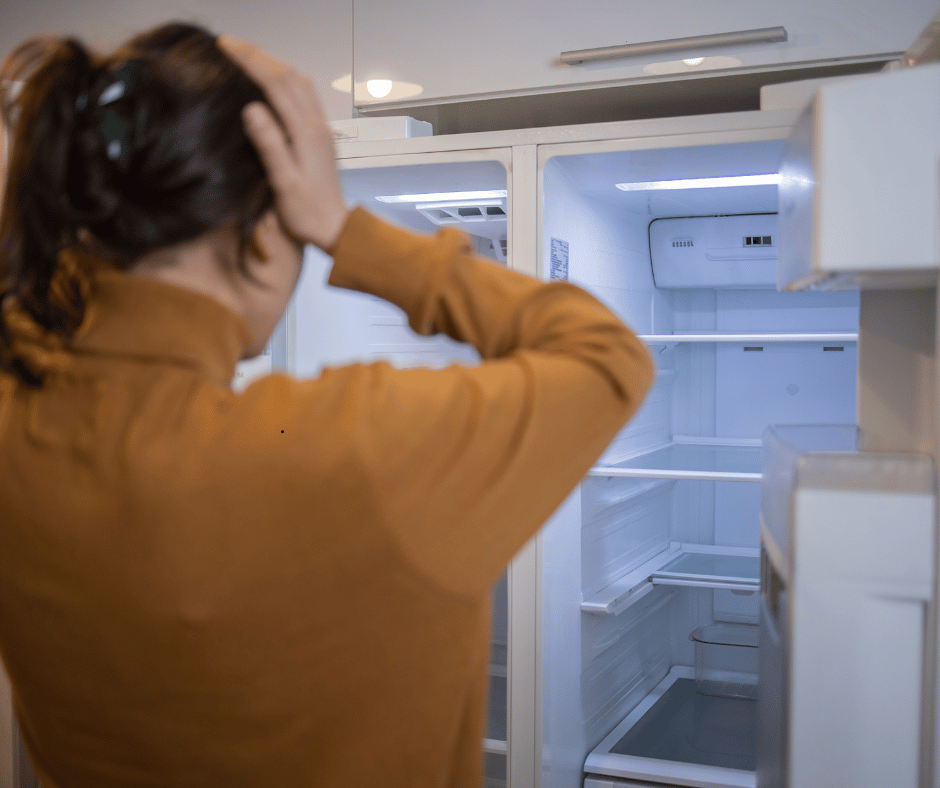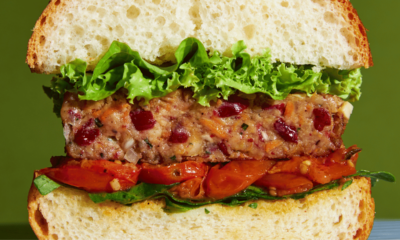Food & Drinks
Foodbank Hunger Report 2025: 1 in 3 Australians Struggle to Afford Food — Here’s Why It’s Getting Worse
Australia’s hunger crisis has reached alarming new levels.
According to the Foodbank Hunger Report 2025, one in three households — around 3.5 million — are food insecure, meaning they regularly worry about, or run out of, food. Even more concerning, 20 per cent of these households are severely food insecure, skipping meals or going entire days without eating.
Despite some signs of economic recovery, Foodbank warns that hunger in Australia is worsening, driven by surging housing costs, stagnant wages, and rising grocery prices.
As Foodbank Australia CEO Kylea Tink told ABC News, “Australians are skipping meals. They’re not knowing what they’re going to put in their children’s lunch boxes the next day.”
Key Findings at a Glance
- 1 in 3 Australian households (≈ 3.5 million) are food insecure.
- 20 % of households regularly skip meals or whole days of eating.
- 48 % of renters and 68 % of single-parent families face food insecurity.
- 67 % of households with a person living with a disability are food insecure.
- Foodbank urges a tax incentive to encourage food donations from producers.
A Worsening Hunger Crisis
Now in its 13th year, the Foodbank Hunger Report reveals that food insecurity has not improved since 2024, despite temporary government relief measures such as energy bill rebates.
The gap between macroeconomic recovery and household experience continues to widen.
Only 21 % of Australians say they are living comfortably on their income, while 36 % report finding it difficult or very difficult to make ends meet. Meanwhile, 87 % of households rank cost-of-living pressures as their number one concern — rising to 91 % among food-insecure families.
This mirrors broader cost-of-living data from the Australian Bureau of Statistics, showing how essentials such as rent, groceries, and energy are consuming more of household budgets each month.
“For millions of Australians, the basics of life — food, shelter, and security — are still far from guaranteed,”
— Foodbank Hunger Report 2025
Housing Stress: The New Driver of Food Insecurity
One of the report’s most striking findings is the growing connection between housing stress and hunger.
In 2025, the average residential dwelling price passed $1 million, pushing renters and mortgage holders to breaking point.
- 48 % of renting households are now food insecure.
- 35 % cite changes in housing or living arrangements (like moving or rent increases) as a major cause.
- 68 % of single-parent households are food insecure, often due to rent and relocation pressures.
As one respondent shared in the Foodbank Hunger Report 2025 (p. 9), “I just manage to pay rent, then it’s that part of the cycle where I’m going to be short of money for something — such as food.”
The quote reflects a growing reality for millions of Australians, where keeping a roof overhead often means compromising on nutrition. The report shows that nearly half of all renting households are now food insecure — a direct result of Australia’s worsening housing affordability crisis.
Who’s Being Hit the Hardest
The report shows that hunger cuts across demographics, affecting working families and even higher-income earners.
| Household Type | % Experiencing Food Insecurity | Notes |
|---|---|---|
| Person with disability / health issue | 67 % | Three-quarters of these are severely food insecure |
| Single-parent households | 68 % | Among the hardest hit |
| Renters | 48 % | Nearly one in two |
| Low-income (≤ $33,799 p.a.) | 69 % | Most severely affected |
| Part-time or casual workers | 40 % | Up from 36 % in 2024 |
| Higher-income (≥ $91,000 p.a.) | 20 % | No improvement since last year |
These figures challenge assumptions that food insecurity only affects the unemployed.
In fact, 60 % of Foodbank clients are in households with at least one employed person, showing that under-employment, insecure work, and rising expenses are eroding the financial stability of working families.
The Cost-of-Living Squeeze on Australian Diets
Foodbank’s data reveals that Australians are increasingly compromising on nutrition to cope with higher prices.
Among food-insecure households:
- 65 % look for discounts or cheaper brands.
- 46 % cut back on protein purchases.
- 45 % buy less fresh fruit and vegetables.
- 41 % dip into savings or use credit to pay for groceries.
- 29 % cut dairy from their diet.
As Darwin resident Leah Potter told ABC News in its coverage of the Foodbank Hunger Report 2025, “Half-price specials now cost what full price used to be.”
This shift toward cheaper, lower-quality food isn’t just about hunger — it’s a public health issue, as nutritional inequality grows alongside financial inequality.
Awareness Is Up — But Shame Still Keeps People Away
The 2025 report includes a rare bright spot: awareness of food relief services has risen to 53 %, up from 34 % in 2023.
Yet despite knowing where to find help, many Australians still don’t access it.
Only 25 % of food-insecure households received formal food relief in the past year.
Top barriers include:
- 45 % feel too embarrassed or ashamed to ask for help.
- 35 % believe others are worse off.
- 30 % don’t know if they’re eligible.
- 18 % face transport or accessibility issues.
Reducing stigma is essential. Community education campaigns and better access pathways — such as local pickup hubs or discreet food relief apps — could help close this gap.
Local community initiatives are becoming vital in addressing both food waste and hunger — programs supported by organizations like Foodbank and End Food Waste Australia are already making a tangible impact across the country.
Foodbank’s Push for Policy Change
To strengthen the national food-relief network, Foodbank Australia is calling for a tax incentive for farmers, growers, and manufacturers who donate edible surplus produce.
The proposed reform would:
- Divert edible food from landfill.
- Increase the supply of fresh produce for charities.
- Offset financial losses for producers who donate.
“We need the Australian government to step up and help us close this gap for Australians right across the board,”
— Kylea Tink, Foodbank CEO
Such initiatives have worked successfully overseas — notably in the U.S. — and could dramatically increase donations while supporting a circular, sustainable food system.
Research Methodology
The Foodbank Hunger Report 2025 was conducted by Ipsos Australia between 24 June and 17 July 2025 using the USDA Household Food Security Survey Module (HFSSM).
- Sample size: 4,260 Australian adults
- National coverage: Representative by age, gender, and location
- Food-insecure respondents: 33 % (1,353 households)
This consistency allows Foodbank to track hunger trends year to year and identify where support is most needed.
A National Issue That Demands Structural Solutions
The Foodbank Hunger Report 2025 makes one thing clear: hunger is no longer a temporary crisis in Australia — it’s a structural issue rooted in housing, income, and social policy.
While emergency food relief is vital, long-term change requires addressing these drivers head-on:
- Affordable housing and rent reform
- Increased income support and wage growth
- Job security for casual and part-time workers
- Accessible disability and health services
Until these underlying problems are solved, millions of Australians will remain trapped in a cycle of stress and scarcity — choosing every week between rent and dinner.
FAQs
Q1. What is the Foodbank Hunger Report 2025?
It’s the 13th annual national study by Foodbank Australia measuring food insecurity. The report found that one in three Australian households struggled to access enough food in the past year.
Q2. Who is most affected?
The most vulnerable groups include single-parent families (68 %), people with disabilities or health issues (67 %), renters (48 %), and low-income earners (69 %).
Q3. What solutions does Foodbank propose?
Foodbank Australia is urging the federal government to introduce tax incentives for food donations and take stronger action on housing affordability and income inequality.
In short:
The Foodbank Hunger Report 2025 shows that hunger in Australia is no longer confined to the margins — it’s part of daily life for millions.
Solving it will require not just charity, but policy: tackling the cost-of-living crisis from its roots.




































You must be logged in to post a comment Login